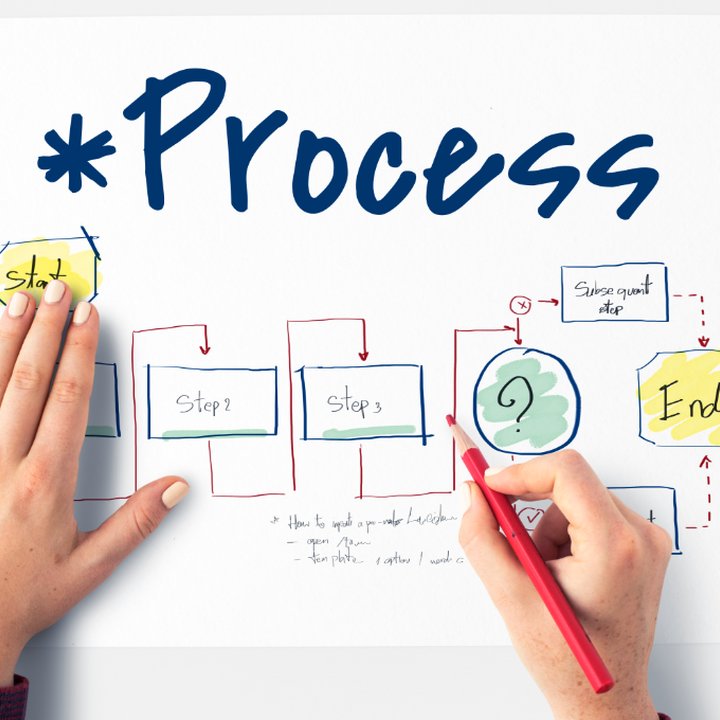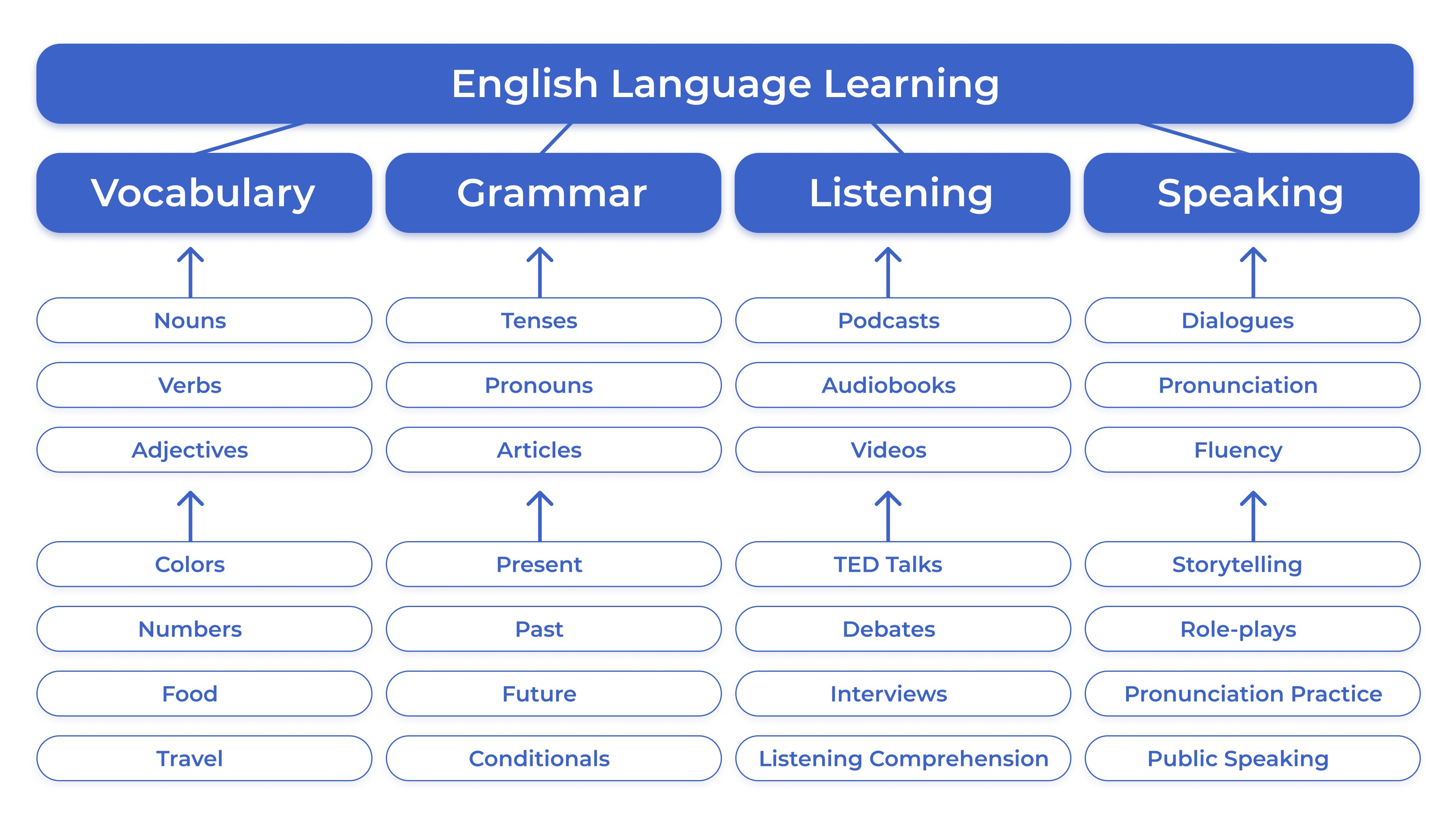Preposition Necessity: Avoidance and Usage
Prepositions play an important role in the English language, facilitating communication by establishing relationships between different elements of a sentence.
Aug. 4, 2023

Enhance English learning with mind mapping, a visual technique organizing information for better understanding in a challenging yet rewarding journey.
Now, we will explore the purpose of mind mapping in English learning, where to begin with this technique, and provide an illustrative example to help learners get started.
Mind mapping is a versatile tool that stimulates both the left and right sides of the brain, making it ideal for language learners. It helps to:
Mind maps allow learners to visualize complex language elements, such as grammar rules, vocabulary, and sentence structures, making them easier to comprehend. For example, when learning new vocabulary, you can create a mind map with the central word and its related synonyms, antonyms, and example sentences, all connected through branches.
As learners connect ideas and create associations in a mind map, their creative thinking improves, leading to better language expression. For instance, when brainstorming ideas for a creative writing task, a mind map can help you explore various plot points, character traits, and settings.

By organizing information in a hierarchical and interconnected manner, mind maps promote better memory retention, enabling learners to recall language concepts more effectively. When revising for an English exam, a mind map can consolidate all essential grammar rules and vocabulary in a single, visually engaging overview.
While constructing a mind map, learners may identify areas they need to focus on, allowing them to address weaknesses in their English proficiency. For instance, if you notice that your mind map on verb tenses lacks the future perfect tense, you can dedicate more time to studying that specific aspect.
To create an English learning mind map, follow these steps:
1. Choose a Central Topic: Select a central theme for your mind map, such as "English Language Learning." The central topic should be clear, concise, and representative of what you aim to achieve with the mind map.

2. Branch Out Major Categories: Create primary branches representing major language components, like "Vocabulary," "Grammar," "Listening," "Speaking," "Reading," and "Writing." These categories serve as the backbone of your mind map and provide a structured layout for your language learning journey.
3. Sub-branches for Each Category: Under each major branch, add sub-branches for specific topics. For instance, under "Grammar," include "Tenses," "Pronouns," "Prepositions," etc. For "Vocabulary," you could have sub-branches like "Nouns," "Verbs," "Adjectives," "Idioms," and so on.
4. Add Examples and Illustrations: Include relevant examples, sentences, and illustrations to reinforce understanding and contextual usage. When learning new vocabulary, you can add example sentences to demonstrate how the words are used in different contexts.
5. Utilize Colors and Images: Incorporate colors and images to make the mind map visually engaging, aiding memory recall. Color-coding different branches and elements can help you associate specific information with certain colors, making it easier to remember.
Below is a simple example of a mind map for English learning. In this example, the central topic is "English Language Learning," with major categories branching out from it. Under each category, relevant sub-topics are added with specific examples to illustrate various language elements.

Mind mapping is a potent tool for English language learners as it helps visualize, organize, and remember language concepts effectively. By employing this technique, learners can enhance their understanding of grammar, vocabulary, and other language components, leading to improved fluency and communication skills. Remember to explore various mind mapping styles and techniques to find what works best for you in your English language learning journey.